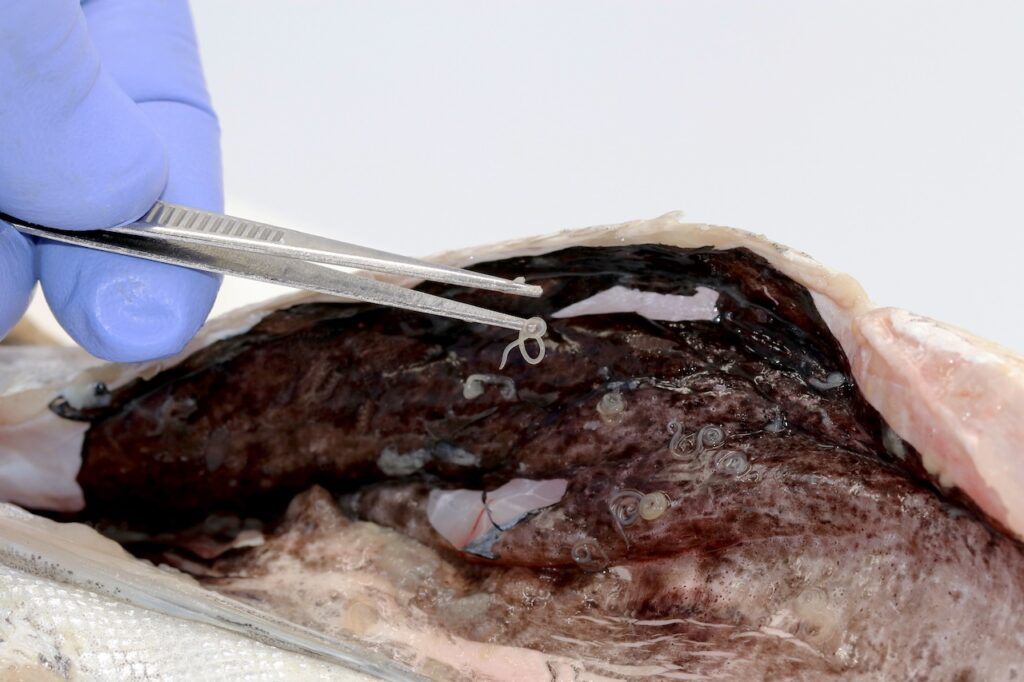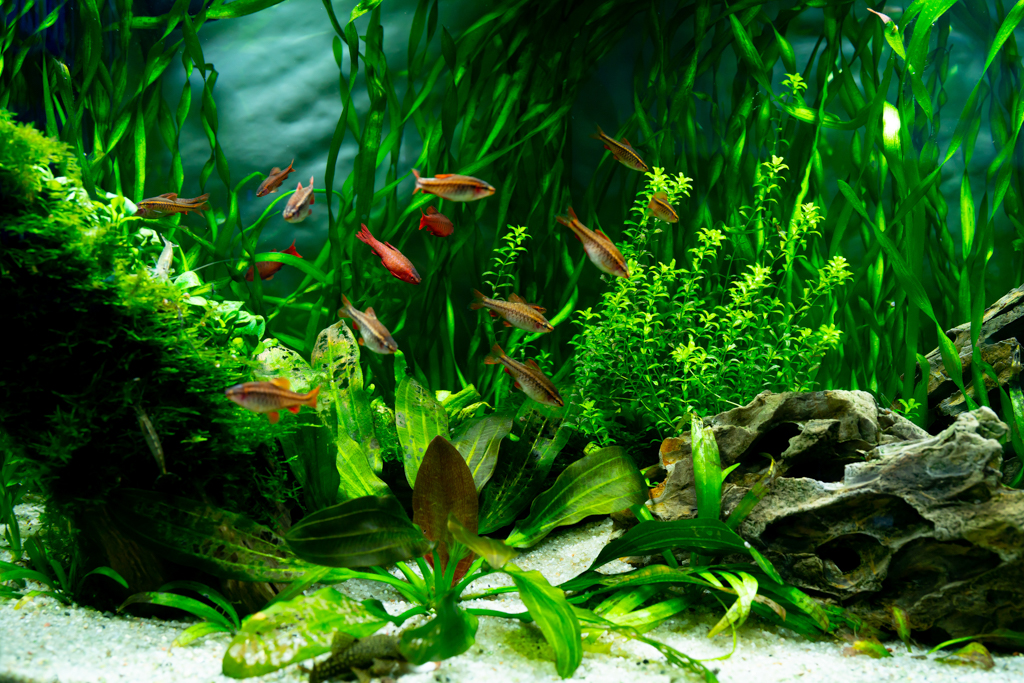Fish lice, or Argulus, are parasitic crustaceans that attach to the bodies of fish, causing significant discomfort and stress. These parasites are common in both freshwater and saltwater aquariums, though they are more frequently seen in freshwater tanks. Fish lice can spread quickly, so early identification and prompt treatment are essential for maintaining a healthy aquatic environment.
1. What Are Aquarium Fish Lice?
Fish lice are small, parasitic crustaceans from the genus Argulus. These pests are visible to the naked eye, making them easier to identify than many other parasites. Fish lice have a round, flattened body with several legs, antennae, and a small set of hooked appendages for attaching to fish. They feed by piercing the fish’s skin and sucking its blood, which can lead to secondary infections, stress, and even mortality in severe infestations.
2. Symptoms of Fish Lice in Aquarium Fish
Fish lice symptoms can sometimes resemble other parasitic infections, but certain signs are unique. Key indicators of fish lice include:
- Visible Parasites on the Fish: Fish lice appear as small, flat, translucent or brownish discs attached to the fish’s body, fins, or gills.
- Excessive Scratching or Flashing: Fish may rub against objects or surfaces to relieve irritation caused by the lice.
- Red or Inflamed Patches: The areas where fish lice attach often become red, swollen, or inflamed.
- Lethargy and Stress: Infested fish may become sluggish or hide more frequently.
- Decreased Appetite: Due to stress and discomfort, affected fish may stop eating.
3. Diagnosing Fish Lice
Diagnosing fish lice is relatively straightforward due to their size and visibility. Here are some tips:
- Visual Inspection: Fish lice appear as small, flat discs on the fish. They may move slightly or stay attached in one spot.
- Magnification: Using a magnifying glass can help you confirm that the flat, round objects are indeed lice rather than scales or other marks.
- Behavioral Observations: Watch for excessive scratching, flashing, or abnormal swimming behavior, which are common signs of irritation caused by lice.
4. Effective Treatment Options for Fish Lice
Treating fish lice involves removing the lice from infected fish and treating the aquarium to prevent re-infestation. Here are some effective treatment methods:
A. Manual Removal
Manual removal is a highly effective method, especially in smaller aquariums or early infestations.
- Prepare a Separate Treatment Area: Place the affected fish in a separate bowl or bucket with aquarium water.
- Use Tweezers or a Cotton Swab: Gently remove the lice using tweezers or a cotton swab. Be careful to avoid injuring the fish.
- Apply Antiseptic: After removing lice, treat the fish’s wounds with a mild antiseptic or iodine solution (diluted) to prevent infections.
B. Chemical Treatments
- Dimilin (Diflubenzuron)
- Dimilin is an insect growth regulator that disrupts the life cycle of lice. It is effective and safe when used correctly.
- This treatment requires removing any invertebrates from the tank, as it can affect crustaceans and other sensitive species.
- Potassium Permanganate
- Potassium permanganate is a powerful oxidizing agent that can kill fish lice in both saltwater and freshwater tanks.
- Use with caution, as it can stress or harm fish if overdosed. Ensure strong aeration during treatment.
- Salt Baths
- Salt baths can help dislodge lice, especially for freshwater fish. Use a 2-3% salt solution, and dip fish for 10-15 minutes.
- Always monitor fish closely during salt baths to ensure they don’t show signs of distress.
C. Environmental Adjustments
- Temperature Increase
- Raising the temperature slightly (without stressing the fish) can speed up the life cycle of lice, making them more susceptible to treatment.
- Avoid raising temperatures too much, as this can harm some fish species.
- Improve Water Quality
- High water quality strengthens fish immune systems, making them less vulnerable to lice and other parasites. Regular water changes and testing can keep water parameters stable.
5. Treatment Protocols by Aquarium Type
Freshwater Tanks
- Dimilin or Potassium Permanganate are highly effective. Follow dosage instructions and monitor fish closely.
- Salt Baths can help if you have salt-tolerant species. Avoid salt if your fish are salt-sensitive, like many species of African cichlids.
- Manual Removal is effective for isolated cases, especially in small aquariums or if few fish are affected.
Saltwater Tanks
- Potassium Permanganate is effective, though be careful with dosing.
- Avoid copper-based treatments, as they can harm invertebrates and disrupt the marine environment.
- Freshwater Dips are beneficial for saltwater fish and can help dislodge lice effectively.
6. Preventing Fish Lice in Your Aquarium
- Quarantine New Fish: Always quarantine new fish for 2-4 weeks to prevent introducing lice into your aquarium.
- Regular Tank Maintenance: Clean the tank and perform regular water changes to keep water quality high.
- Observe Fish Closely: Look for signs of scratching or flashing, which may indicate an infestation.
- Keep a Separate Treatment Tank: A treatment or quarantine tank is helpful to isolate infected fish without medicating the entire aquarium.
7. Common Mistakes to Avoid When Treating Fish Lice
- Overdosing Medications: Overdosing can harm fish and affect water quality.
- Incomplete Treatment: Incomplete treatments may allow lice to reappear. Follow the full course of treatment.
- Skipping Quarantine: Failing to quarantine new arrivals can lead to lice infestations and other diseases.
8. Supporting Fish Recovery After Lice Treatment
Fish that have suffered from lice may experience stress and weakened immune systems. Here’s how to support their recovery:
- Balanced Diet: Feed high-quality food to boost immune response and support healing.
- Maintain Stable Water Parameters: Stable, clean water can accelerate recovery and reduce stress.
- Frequent Monitoring: Continue observing fish to ensure that lice are not reoccurring and that the fish are healing well.
Conclusion
Fish lice can cause significant discomfort and health issues in aquarium fish, but with proper identification and treatment, you can manage infestations effectively. Regular monitoring, quarantine practices, and proper treatment protocols are essential for preventing and controlling fish lice, ensuring a healthy and thriving aquarium environment.
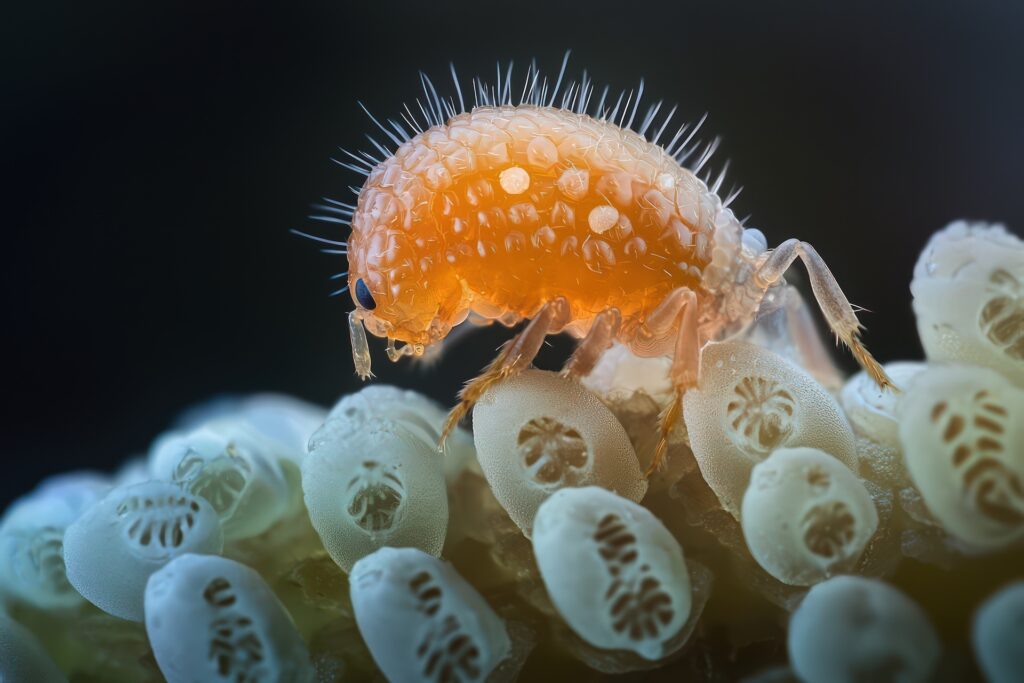
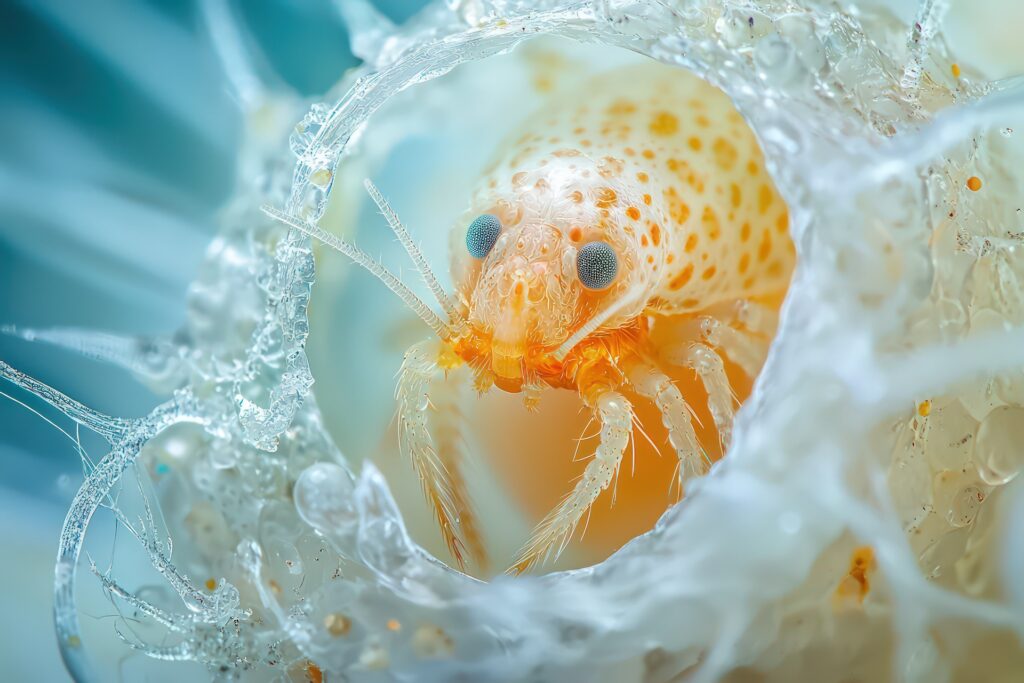
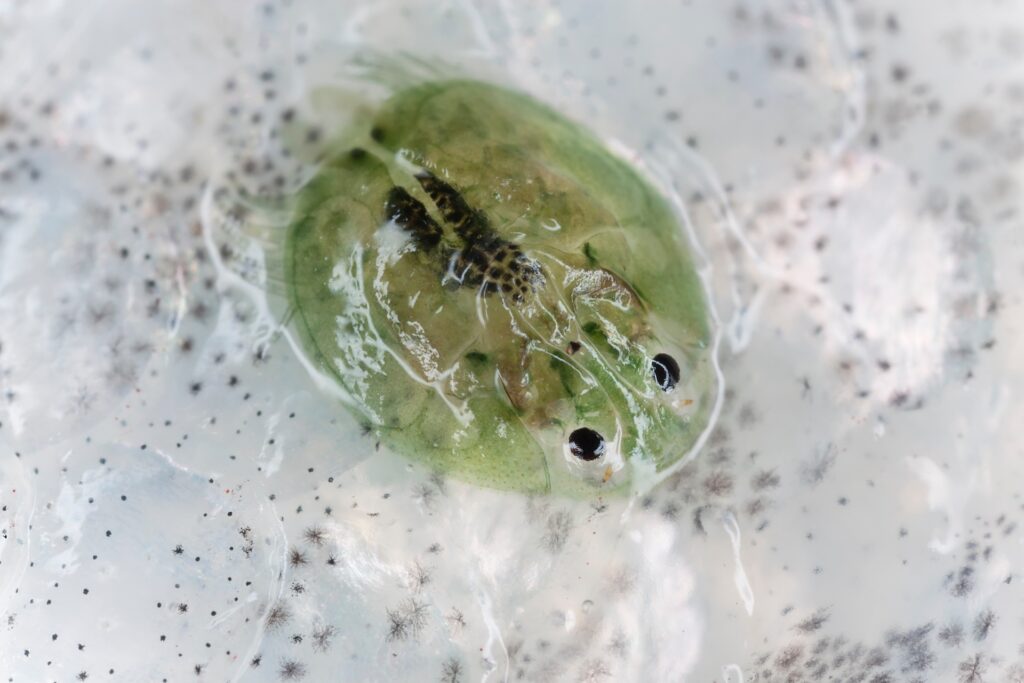
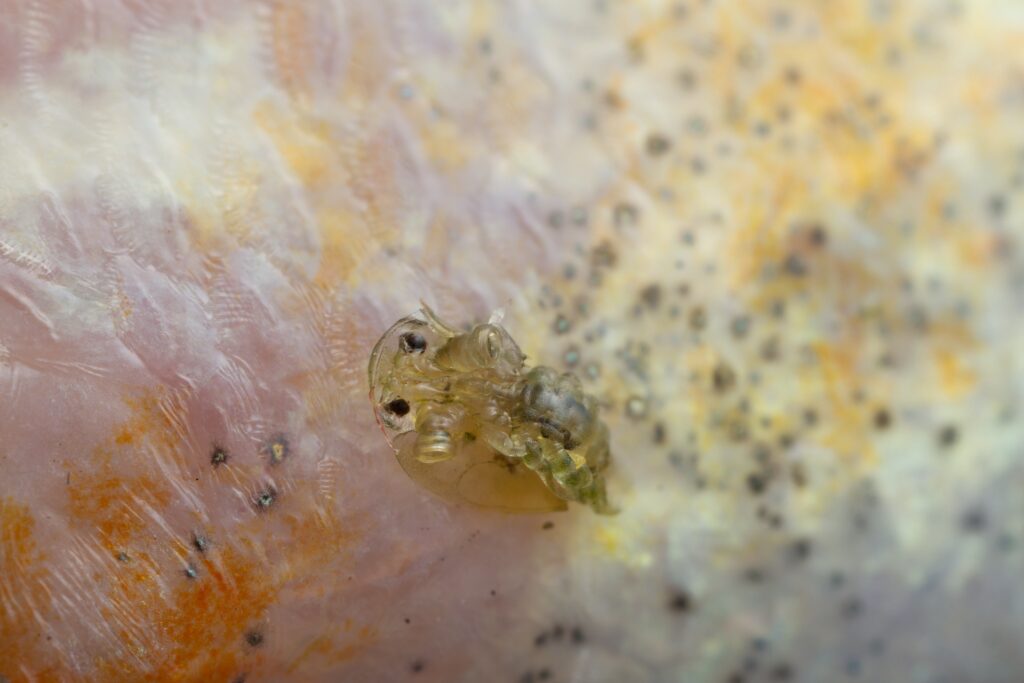
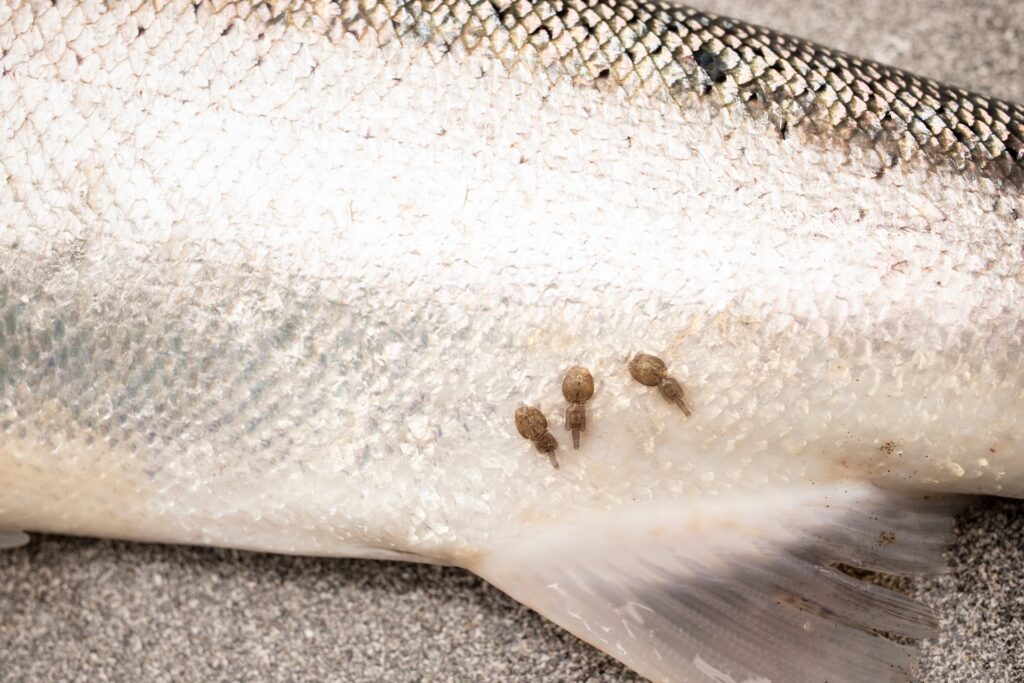
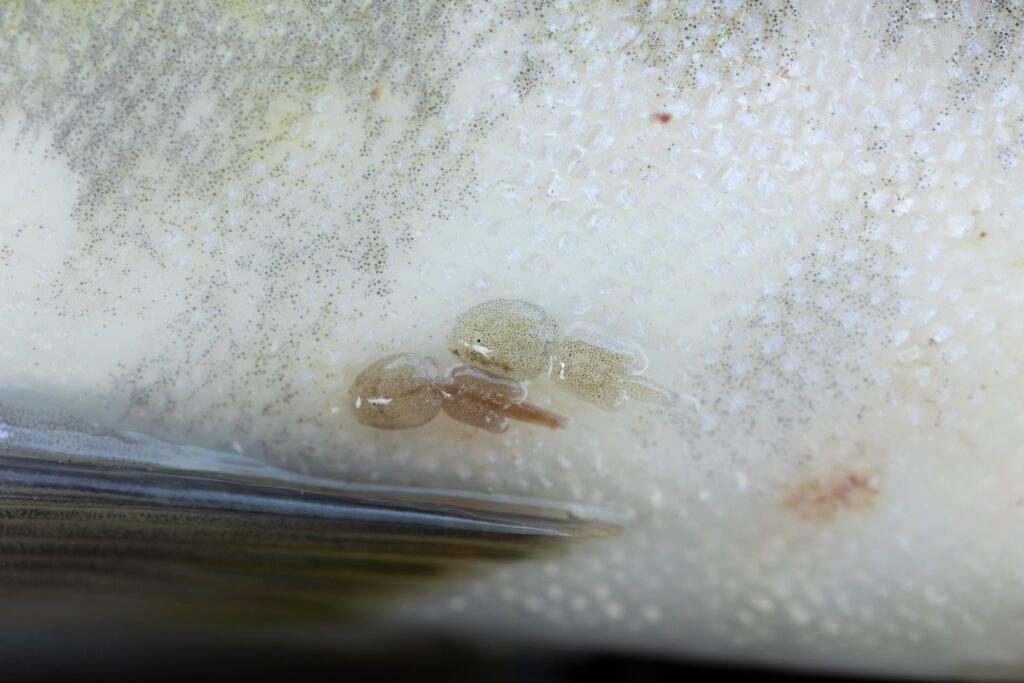
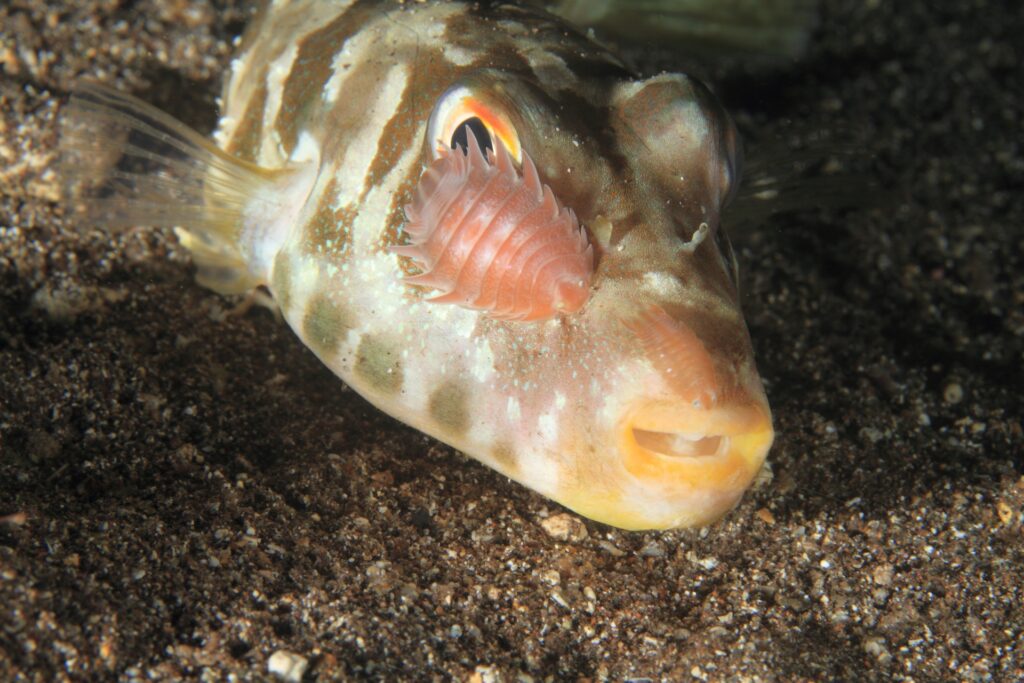
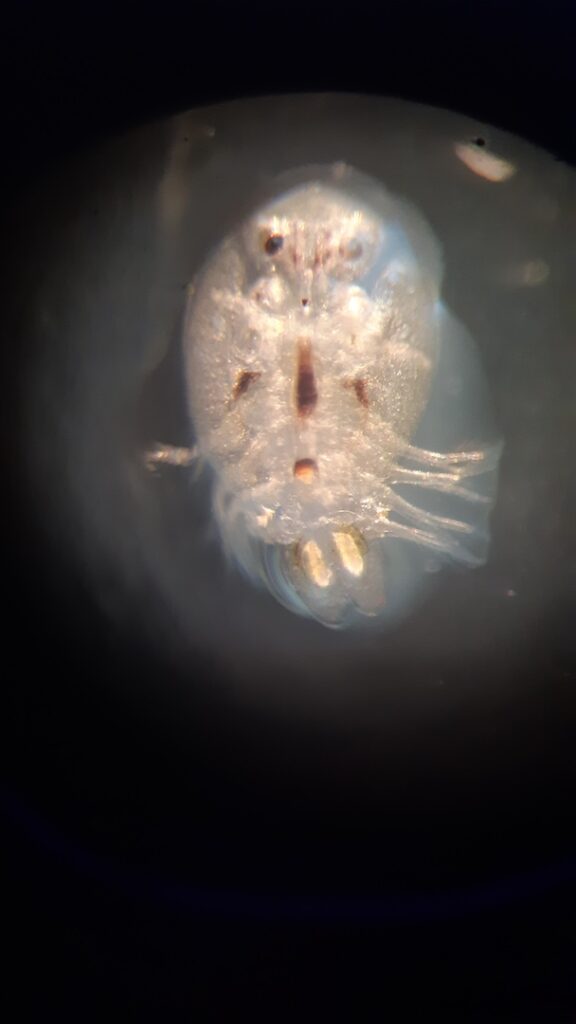
![]()

